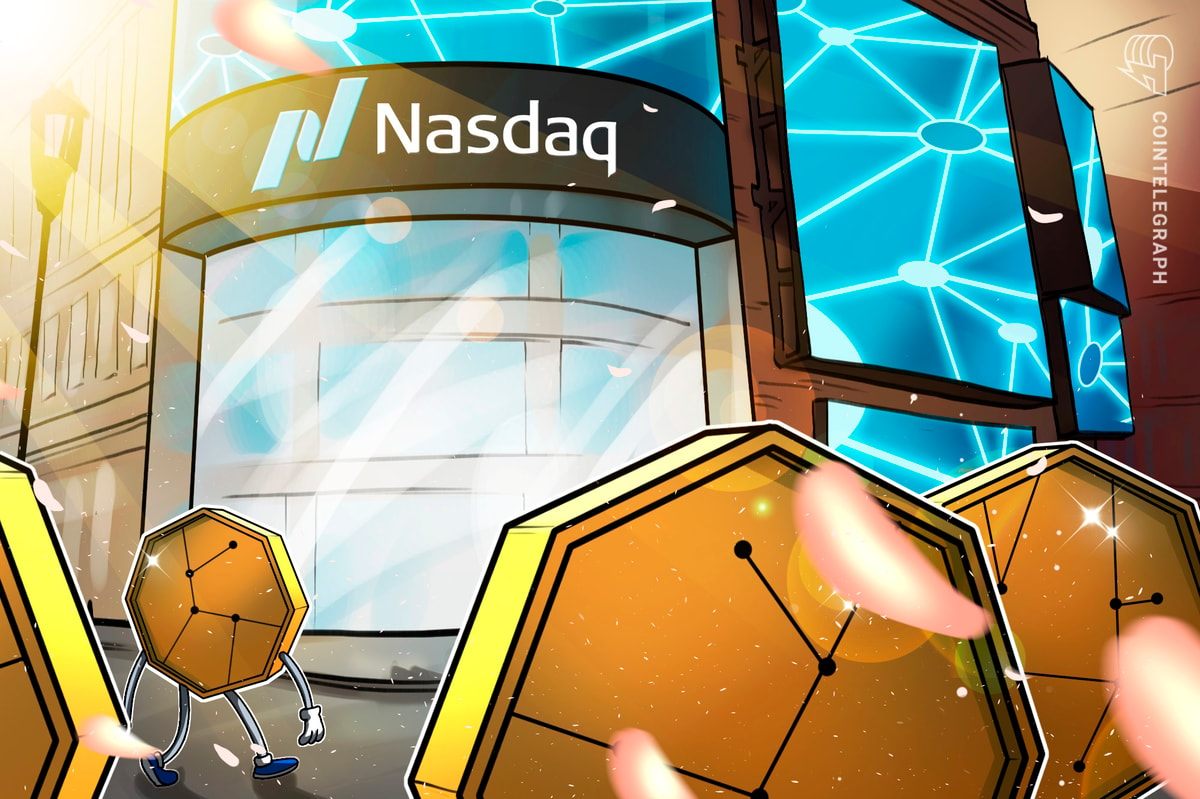
Panama, USA, December 2024: As a liquidity provider on Ethereum and Solana, I've had a front-row seat to the incredible evolution of DeFi and liquidity provision. From its humble beginnings, where simple, groundbreaking concepts emerged, to the sophisticated models we see today, I’ve witnessed the highs and lows of this journey. In the early days, liquidity provision (LP V1) was revolutionary: provide assets to a pool, earn trading fees in return. It was straightforward, a concept that opened doors for many, but it carried a significant flaw: there was no protection against losing the dollar value of your assets when the market declined.
This flaw became more pronounced as the models evolved. LP V2 promised greater efficiency, but it did little to shield liquidity providers from the brutal realities of market volatility. Even the advent of LP V3, with its innovative concentrated liquidity allowing LPs to target specific price ranges for maximum efficiency, couldn’t solve the fundamental issue. If prices moved beyond your chosen range, you were still exposed to impermanent loss, with no way to preserve your capital’s dollar value when the market took a downturn.
With each new iteration - V1, V2, and the advanced V3 - liquidity providers were left vulnerable. None of these models offered access to leverage or lending pools that could provide a safety net. You might earn trading fees, but the dollar value of your liquidity could plummet in a bear market, leaving you exposed to significant losses. Despite its groundbreaking nature, DeFi lacked a critical element: a way to protect liquidity providers from the harsh reality of downward price movements.
This realization sparked a mission for me to create a solution where none existed. And that’s how Liquid Lama was born. I wanted to build a platform that not only integrated leverage into liquidity farming but also provided liquidity providers with the means to protect their capital from downside risks. Unlike its predecessors, Liquid Lama allows providers to boost their returns up to 5x with leverage, but it doesn’t stop there. This leverage isn’t just about amplifying potential fees; it’s about empowering liquidity providers to hold a fully hedged position, even in volatile markets.
Before Liquid Lama, when markets dipped, LPs were at the mercy of impermanent loss. Their dollar value would tumble alongside asset prices, making them vulnerable with no tools to mitigate the risk. But now, with leveraged liquidity farming, providers can shield themselves from these losses while still earning significant rewards. Liquid Lama fundamentally changes the game; it enables liquidity providers to farm confidently, even during bear markets. With the ability to maintain a hedged position, the fear of market volatility is no longer a looming threat, as it was with V1, V2, and V3.
In essence, previous models left liquidity providers exposed when prices fell. Without access to leverage or lending pools, impermanent loss was an unavoidable risk, especially in turbulent markets. Liquid Lama’s introduction of leverage not only amplifies earnings but also offers a robust mechanism to hedge against price drops. This marks a major milestone in the evolution of DeFi, giving liquidity providers the tools they need to thrive in both bull and bear markets while safeguarding their capital like never before.
All comments are to be attributed to: Vlad Pozniakov, Co-Founder of Liquid Lama’For press inquiries reach out toVlad Pozniakov
Co-founder of Liquid Lama










